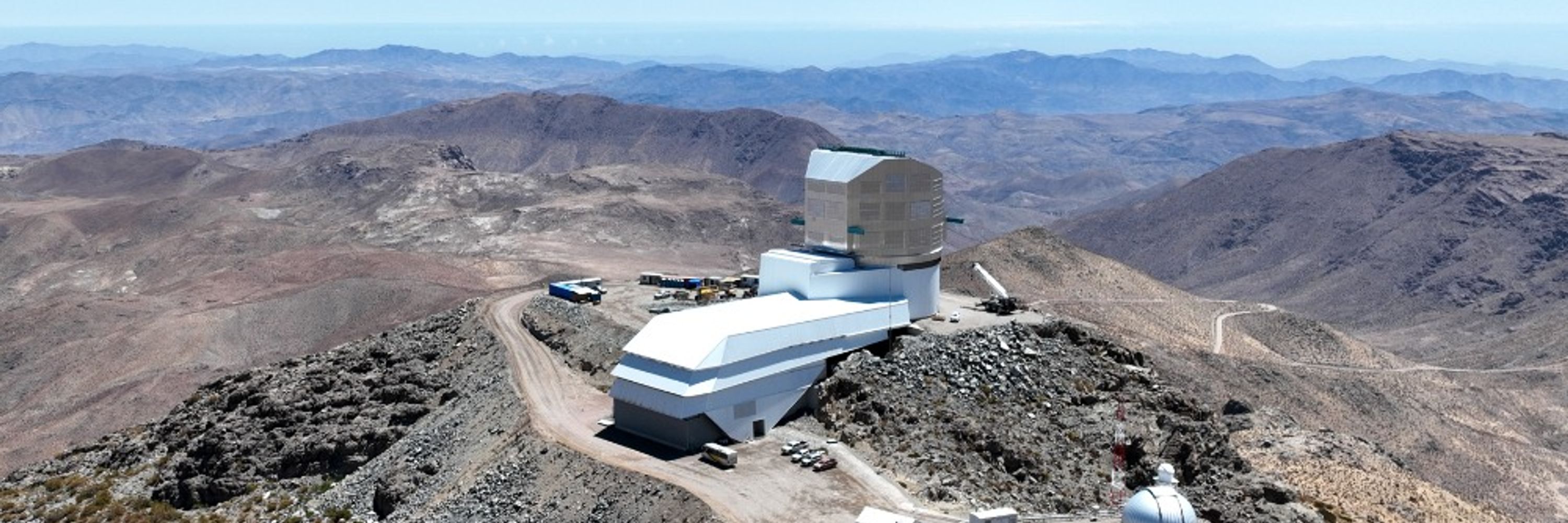
Para español siga a Instagram: http://instagram.com/rubin_observatory
Learn more about alerts: rubinobservatory.org/explore/how-...

Learn more about alerts: rubinobservatory.org/explore/how-...
But space is busy, so Rubin generates millions of alerts every night! 😲 That’s where Rubin’s “alert brokers” come in.🔭🧪
But space is busy, so Rubin generates millions of alerts every night! 😲 That’s where Rubin’s “alert brokers” come in.🔭🧪
The Universe is about to get a lot more exciting 😎
This photo was this week's NOIRLab #ImageOfTheWeek
📷: RubinObs/NOIRLab/SLAC/NSF/DOE/AURA/P. Horálek
🔭🧪
The Universe is about to get a lot more exciting 😎
This photo was this week's NOIRLab #ImageOfTheWeek
📷: RubinObs/NOIRLab/SLAC/NSF/DOE/AURA/P. Horálek
🔭🧪
1. NSF–DOE RubinObs/SLAC/NOIRLab/AURA/H. Stockebrand
2. NSF–DOE RubinObs/SLAC/NOIRLab/AURA/P. Horálek
3. NSF–DOE RubinObs/SLAC/NOIRLab/AURA/Y. AlSayyad
4. NSF–DOE RubinObs/SLAC/NOIRLab/AURA
5. NSF–DOE RubinObs/SLAC/NOIRLab/AURA/P. Horálek
1. NSF–DOE RubinObs/SLAC/NOIRLab/AURA/H. Stockebrand
2. NSF–DOE RubinObs/SLAC/NOIRLab/AURA/P. Horálek
3. NSF–DOE RubinObs/SLAC/NOIRLab/AURA/Y. AlSayyad
4. NSF–DOE RubinObs/SLAC/NOIRLab/AURA
5. NSF–DOE RubinObs/SLAC/NOIRLab/AURA/P. Horálek

The 10-year Legacy Survey of Space and Time (LSST) will measure observed distortions in billions of galaxies, revealing where the invisible dark matter is hiding.
📷: W. O'Mullane

The 10-year Legacy Survey of Space and Time (LSST) will measure observed distortions in billions of galaxies, revealing where the invisible dark matter is hiding.
📷: W. O'Mullane

📸 for all: NSF–DOE Rubin Observatory/NOIRLab/SLAC/AURA/W. O'Mullane

📸 for all: NSF–DOE Rubin Observatory/NOIRLab/SLAC/AURA/W. O'Mullane

